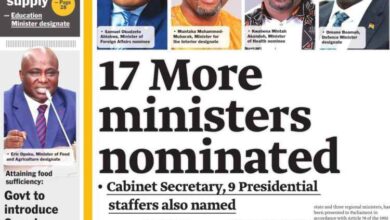U.S. applications for unemployment benefits increased last week

Even though the U.S. economy is slowing and inflation is at its highest level in decades, the number of Americans asking for unemployment benefits increased little last week but continues to be historically low.
Even though the U.S. economy is slowing in the middle of inflation that is at a decades-high level, the number of Americans asking for unemployment benefits increased marginally last week but continues to be historically low.
The Labor Department announced on Thursday that jobless claims increased by 9,000 to 228,000 for the week ending October 8.
The four-week moving average increased 5,000, reaching 211,500.
Since the first elimination of more than 20 million jobs at the onset of the coronavirus pandemic in the spring of 2020, applications for unemployment benefits, which are seen as a proxy for layoffs, have stayed historically low.
The labor market may be marginally cooling, according to some recent employment figures, but overall, the economy, which has been shaky since early this year, is still in good shape.
According to government data released on Thursday, the cost of housing and other essentials increased pressure on people and businesses in September, speeding up inflation in the United States.
The Federal Reserve has been boosting its benchmark interest rate, which is currently in the range of 3% to 3.25%, as a result of four decades of rising inflation. That rate was close to zero a little more than six months ago. The sudden rate increases have increased the cost of borrowing overall and driven up mortgage rates to 15-year highs. The Federal Reserve (Fed) anticipates that increased interest rates will reduce borrowing and spending and bring inflation closer to its long-term target of 2%.








